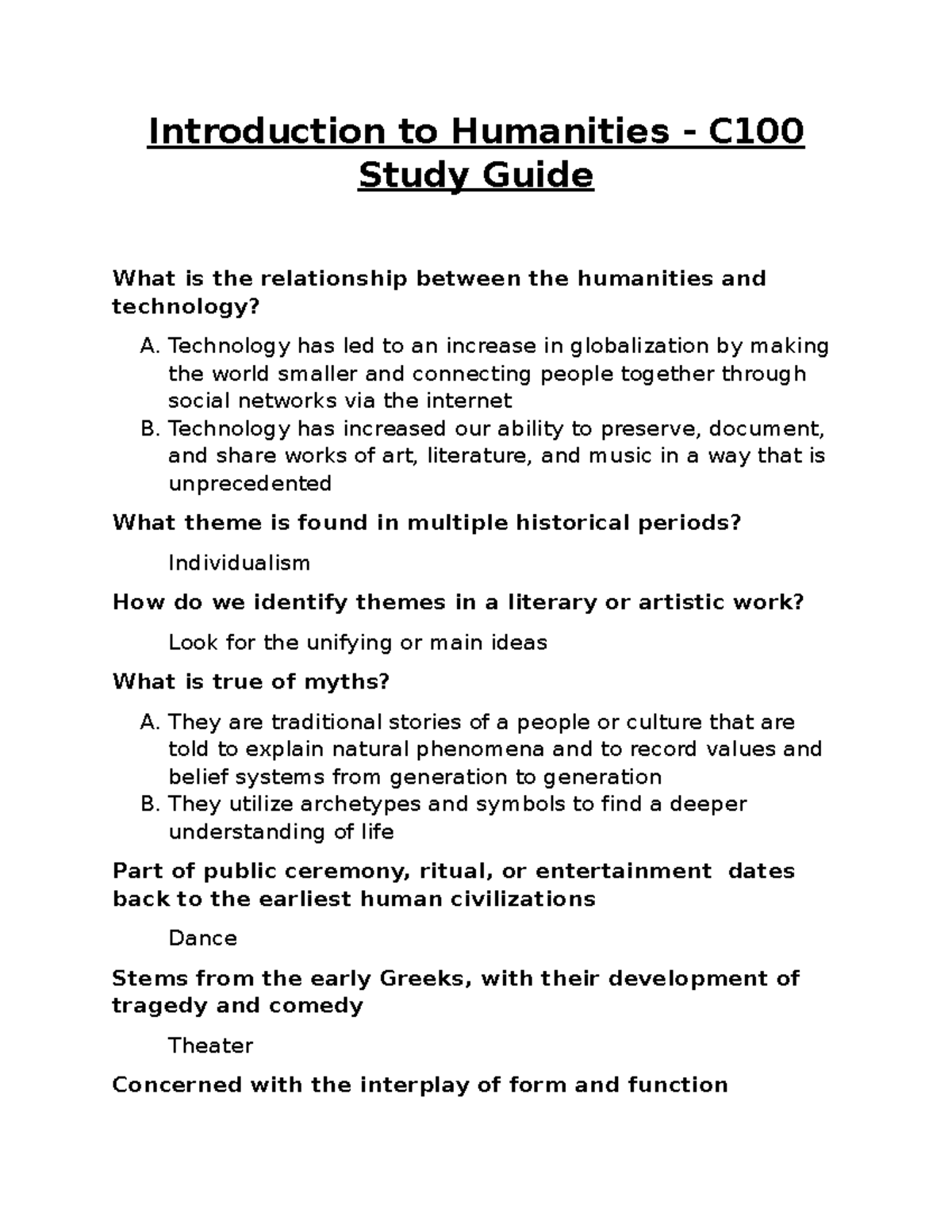In a rapidly changing world, Joseph Koerner’s “Art in a State of Siege” delves into the profound connections between art and political turmoil. This captivating exploration analyzes three poignant works, including Max Beckmann’s striking self-portrait and Hieronymus Bosch’s enigmatic masterpieces, revealing how art acts as both a mirror and an omen during periods of unrest. Koerner’s investigation highlights how artists respond to the chaos around them, offering insight into their creative processes during crises. The book not only sheds light on the significance of art during political upheaval but also serves as a lens through which we can interpret contemporary struggles. By entwining historical perspectives with modern implications, “Art in a State of Siege” emphasizes the timeless relevance of artistic expression as we navigate the complexities of our own tumultuous times.
Examining visual culture under pressure, the topic of creative expression amid turmoil presents an essential dialogue about the role of artists in society. In times when political and social stability falters, artwork often emerges as a commentary, reflecting the anxieties and aspirations of its creators. The significance of influential figures like Bosch and Beckmann becomes especially pronounced, as their works resonate deeply with contemporary audiences facing their own crises. This exploration into the realm of art during times of siege reveals a shared human experience, where creativity flourishes even in adversity, providing a semblance of hope and a call to action. By understanding these artistic responses, we can better appreciate the enduring power of art as a beacon of resilience and reflection.
The Cultural Impact of Art During Political Unrest
Art has always held a mirror to society, reflecting the cultural, political, and emotional landscapes of its time. This becomes particularly evident during periods of political unrest, where artists channel their responses to chaos and uncertainty into their work. For instance, Joseph Koerner’s analysis of Max Beckmann’s “Self-Portrait in Tuxedo” reveals how the artist navigated the turbulent waters of post-WWI Germany, transforming personal anguish into a bold statement on artistic responsibility. Such pieces do not merely exist as beautiful creations; they embody the struggles and fears of their creators, imbuing them with profound cultural significance.
Similarly, Hieronymus Bosch’s enigmatic works like “The Garden of Earthly Delights” serve as poignant explorations into the psyche of a society besieged by moral and existential fears. In times of political turmoil, the messages in Bosch’s imagery resonate more intensely, as viewers seek meaning and guidance within the chaotic visuals. By analyzing Bosch and Beckmann alongside the wider historical context, we gain insights not only into the artists themselves but also into the societies that produced their work, ultimately shaping our understanding of art as a vital commentary during crises.
Joseph Koerner and the Concept of Art as Omen
In his latest book, “Art in a State of Siege,” Joseph Koerner delves deep into the idea of art as an omen, suggesting that works from tumultuous periods can provide insights into contemporary strife. Koerner’s exploration of Bosch’s and Beckmann’s paintings draws parallels between their historical contexts and today’s political climate, highlighting how artists confront crises not only with personal narratives but also with broader social critiques. This perspective positions art as a prescient force, one that may alert us to warning signs of societal collapse and the moral quandaries that ensue.
Koerner’s examination reveals that our interpretations of historic artworks are often influenced by our current anxieties. As he notes, in times of fear and uncertainty, the past becomes a lens through which we scrutinize our present challenges. This connection between historical and contemporary art signifies an ongoing dialogue that encourages modern audiences to engage with uncomfortable truths. Art becomes a touchstone for reflection, urging us to consider how the narratives of the past inform our responses to today’s upheavals.
Exploring Hieronymus Bosch’s Enduring Legacy
Hieronymus Bosch remains a pivotal figure in the evaluation of art during periods of significant societal distress. His work, often characterized by surreal and chaotic imagery, engages with themes of sin and human folly that resonate throughout history. As Koerner suggests, Bosch’s paintings become more than mere art objects; they act as commentaries on the moral dilemmas and societal contradictions of his time. In particular, his notorious triptych, “The Garden of Earthly Delights,” invites viewers to interpret its juxtaposed panels as reflections of both utopian desires and nightmarish realities, making it a compelling subject for analysis in the study of art’s ability to mirror societal turmoil.
Furthermore, Bosch’s significance extends beyond just his detailed imagery; he is also seen as a harbinger of contemporary anxieties. His illustrations of chaos and disorder reflect an understanding of social tension, which makes them incredibly relevant today. The complexities embedded within his works encourage discussions surrounding various forms of ‘sieg’—concepts of siege in both literal and metaphorical senses which can be construed in current global contexts. This interplay of past and present urges a reconsideration of how art can serve as a vessel for hope or forewarning in times of crisis.
Max Beckmann: The Artist as Arbiter of Society
Max Beckmann’s “Self-Portrait in Tuxedo” is a striking example of an artist seeking to assert his voice during a time marked by chaos and disillusionment. Beckmann navigated through the crises of his contemporary political landscape, portraying himself not just as an artist but as a critical commentator on society’s failures and achievements. Koerner’s insights reveal how Beckmann used his medium to engage with pressing social issues—viewing the artist’s role as vital in maintaining balance amidst the disorder of post-war Germany. This notion of art as a potential stabilizing force challenges the traditional narratives of artistic heroism.
In exploring Beckmann’s oeuvre, it becomes evident that artists can blend personal expression with broader societal messages. By situating himself at the center of his own work, Beckmann embodies the tension between self-exploration and social responsibility, providing a rich context for understanding art as a tool for navigation during challenging times. This self-awareness showcases how artists can transform their pain and disillusionment into powerful commentaries that resonate throughout generations, reinforcing that art is not just a reflection of its time, but a call to action.
The Role of Art as a Catalyst for Change
Art has served as both a reflection of societal realities and an impetus for change throughout history. During political unrest, artists like Bosch and Beckmann harness their creativity to critique the status quo, providing powerful visual discourses that resonate with the collective consciousness. Such works often evoke deep emotional responses, spurring viewers to confront uncomfortable truths about their societies. In essence, the act of creating art during such tumultuous times transcends mere aesthetics; it becomes a bold statement that challenges the prevailing narratives and seeks to inspire societal reflection and reform.
Moreover, Koerner’s work emphasizes that art can articulate the complexities of the human experience in ways that words sometimes cannot. The symbolism and layered meanings behind each brushstroke allow artists to navigate intricate socio-political issues. By examining the works from various perspectives, including that of the viewer’s personal experiences, we can appreciate how art not only survives but thrives amid adversity, encouraging both personal and cultural introspection, and ultimately driving societal progress.
Understanding Art in the Context of National Crises
Art takes on a profound significance during national crises, serving as both a sanctuary for creative expression and a platform for societal critique. As political landscapes shift and the fabric of society begins to fray, artists often respond with poignant works that encapsulate the collective emotional turmoil. Joseph Koerner’s analysis of historical pieces highlights how art reflects deeper societal fears and aspirations, showcasing its role as a barometer of national sentiment. By examining artworks from times of unrest, we can glean insights applicable to our own times of turbulence, where similar structures of power and societal conflict exist.
The historical context of an artwork often adds layers of meaning that resonate with viewers beyond their initial appreciation. For example, Max Beckmann’s portrayal of identity amidst chaos invites contemporary audiences to reflect on their own experiences with societal upheaval and personal identity crises. This relationship between the artwork and its sociopolitical backdrop signifies art’s enduring relevance as a medium through which individuals can process and articulate collective experiences, making it a critical component in the ongoing dialogues about culture, history, and community.
The Psychological Dimensions of Art During Siege
Art created in times of siege often explores profound psychological dimensions, reflecting the inner turmoil experienced by both artists and their audiences. The act of creating, as discussed by Koerner in relation to Bosch and Beckmann, becomes a therapeutic process that allows individuals to grapple with their anxieties regarding identity, morality, and resilience in the face of oppression. Art thus transforms into a safe space where emotional catharsis occurs, reflecting not only the artist’s sentiments but resonating with the broader collective consciousness caught in the throes of uncertainty.
Moreover, the psychological impact of such works extends beyond their immediate visual conversation, embedding themselves within the cultural memory of a society. By examining how viewers project their fears and hopes onto these artworks, we see how art can provide a sense of comfort and connection during isolating times. This underscores the notion that art is not merely an escape from reality but can also function as a confrontation with it, revealing the shared human experience amid unrest and encouraging both individual and communal healing.
Art as a Medium of Resistance and Resilience
Resistance through art is a powerful motif that has emerged during periods of political turmoil. Artists have utilized their platforms to challenge oppressive regimes and speak out against injustice. Koerner’s exploration of works from figures like Bosch and Beckmann illustrates how creative expression can act as a form of rebellion against societal constraints. These artists convey messages of resilience and hope, portraying not just despair but a yearning for liberation. The imagery created during these crucial times empowers viewers to reimagine their realities and consider pathways to change.
Artistic resistance also fosters community solidarity, bringing individuals together around shared causes and collective experiences. By analyzing the narratives within Koerner’s selected pieces, we recognize that art can articulate the frustrations and aspirations of the oppressed, serving as a vocal point for movements seeking justice. This underscores art’s role as an essential vehicle for social critique and activism, signifying its enduring power to ignite change and inspire new visions for society—ultimately positioning art as a cornerstone of resilience in the face of adversity.
The Interconnections Between Art and Historical Memory
Art functions as a repository of historical memory, encapsulating the values, struggles, and aspirations of a society. When we study works created during politically charged moments, we gain insights not only about the artists but also about the larger societal narratives at play. Koerner’s analysis of Bosch and Beckmann highlights the significance of these artworks in shaping our understanding of history and memory. They serve as reminders of the events that have shaped our present, urging modern audiences to engage with the lessons of the past.
Additionally, the cultural artifacts generated during tumultuous times can provoke discussions about identity, power dynamics, and the role of the individual in society. By recognizing the interplay between memory and art, we emphasize the potential for these works to inform our understanding of contemporary challenges. The legacies of artists who convey messages of resilience amid chaos contribute to an ongoing dialogue about our collective past and its implications for the future, underscoring the importance of preserving and interpreting art during epochs of upheaval.
Frequently Asked Questions
What themes does Joseph Koerner explore in ‘Art in a State of Siege’?
In ‘Art in a State of Siege,’ Joseph Koerner delves into themes of political unrest and the role of art as an omen during turbulent times. By analyzing works like Hieronymus Bosch’s ‘The Garden of Earthly Delights’ and Max Beckmann’s ‘Self-Portrait in Tuxedo,’ he investigates how art reflects societal anxieties and the complex relationships between viewers and artworks amid crisis.
How does Max Beckmann’s ‘Self-Portrait in Tuxedo’ relate to the concept of art during political unrest?
Max Beckmann’s ‘Self-Portrait in Tuxedo,’ created in 1927, embodies the artist’s response to the political chaos of post-WWI Germany. Beckmann presents art as a means of establishing balance in a time of discord, exploring the idea that the artist can act as a societal arbiter. This self-portrait, as discussed in Koerner’s book, reflects how art emerged as a powerful force during times of national turmoil.
What is the significance of Hieronymus Bosch’s art in ‘Art in a State of Siege’?
In ‘Art in a State of Siege,’ Bosch’s works, particularly ‘The Garden of Earthly Delights,’ are analyzed for their representation of political and social fears. Koerner illustrates how Bosch’s art symbolizes ongoing anxieties, including the perception of societal enemies and the chaotic landscape of human sin, making his work resonant during periods of turmoil and distress.
What does the phrase ‘art in a state of siege’ mean in contemporary contexts?
The phrase ‘art in a state of siege’ reflects the idea that artistic expression exists under threat, particularly in politically unstable contexts. Coined by William Kentridge, it examines how governments can treat their citizens as enemies, leading to the suspension of rights. In Koerner’s work, this concept explores how art serves as both a reflection of crisis and a potential guide through such emergencies.
How does Joseph Koerner’s background influence his analysis of art in turbulent times?
Joseph Koerner’s background as the son of Holocaust artist Henry Koerner deeply influences his examination of art during political unrest. His familial connection to trauma informs his understanding of how artistic expression can emerge from chaos, revealing the depths of human experience in times of crisis, particularly as he analyzes works deemed ominous and profound.
What is the main focus of Koerner’s book ‘Art in a State of Siege’?
The main focus of Joseph Koerner’s book ‘Art in a State of Siege’ is to explore how art functions as an omen during periods of political upheaval. He analyzes artworks by Bosch, Beckmann, and Kentridge to understand how these pieces reflect societal fears and the complex interplay between art and its viewers during tumultuous situations.
How does art serve as an omen according to Joseph Koerner?
Joseph Koerner argues that art serves as an omen by encapsulating the fears and anxieties of societies in turmoil. Through the analysis of significant artworks, he illustrates how artists express warnings and reflections on the state of political and social unrest, prompting viewers to confront their realities and navigate the challenges of their times.
What role does political context play in Joseph Koerner’s analysis of art?
Political context is crucial in Joseph Koerner’s analysis of art, as it shapes the themes and responses behind artworks during times of unrest. In ‘Art in a State of Siege,’ he examines how historical and political events influence the creation and interpretation of art, highlighting how artists engage with the tumultuous conditions surrounding them.
| Key Point | Details |
|---|---|
| Joseph Koerner’s Perspective | Koerner reinterprets the works of Hieronymus Bosch as relevant to contemporary political issues, viewing Bosch as a source of guidance during crises. |
| Art as Omen | The book “Art in a State of Siege” examines three artworks as reflections of political unrest and omens for the future. |
| Bosch’s “The Garden of Earthly Delights” | The ambiguous relationship between the panels represents themes of paradise and punishment, urging viewers to interpret their meanings based on personal experience and societal context. |
| Contemporary Relevance of Bosch | The painting gained popularity in times of crisis, becoming a focus for historical figures who associated it with their own struggles. |
| Max Beckmann’s Self-Portrait | Beckmann’s 1927 self-portrait symbolizes the artist’s role as a mediator of chaos in society during the instability of post-WWI Germany. |
| Political Context | The political contexts of the artworks reviewed provide insights on how art reflects and responds to times of political siege and unrest. |
| Importance of Art in Crisis | Art often emerges not from victorious narratives but from struggles, showcasing human resilience and societal dilemmas. |
Summary
Art in a State of Siege delves into the intricate relationship between art and political tensions, illustrating how masterpieces by figures like Bosch and Beckmann serve as symbols of resilience during tumultuous times. Through Joseph Koerner’s exploration, we witness how these works transcend their historical contexts, emerging as pertinent reflections that resonate with ongoing societal challenges. The analysis emphasizes that art is not only a product of triumph but also a powerful commentary on the human condition in the face of adversity, making it a vital lens through which we can understand our current global landscape.



